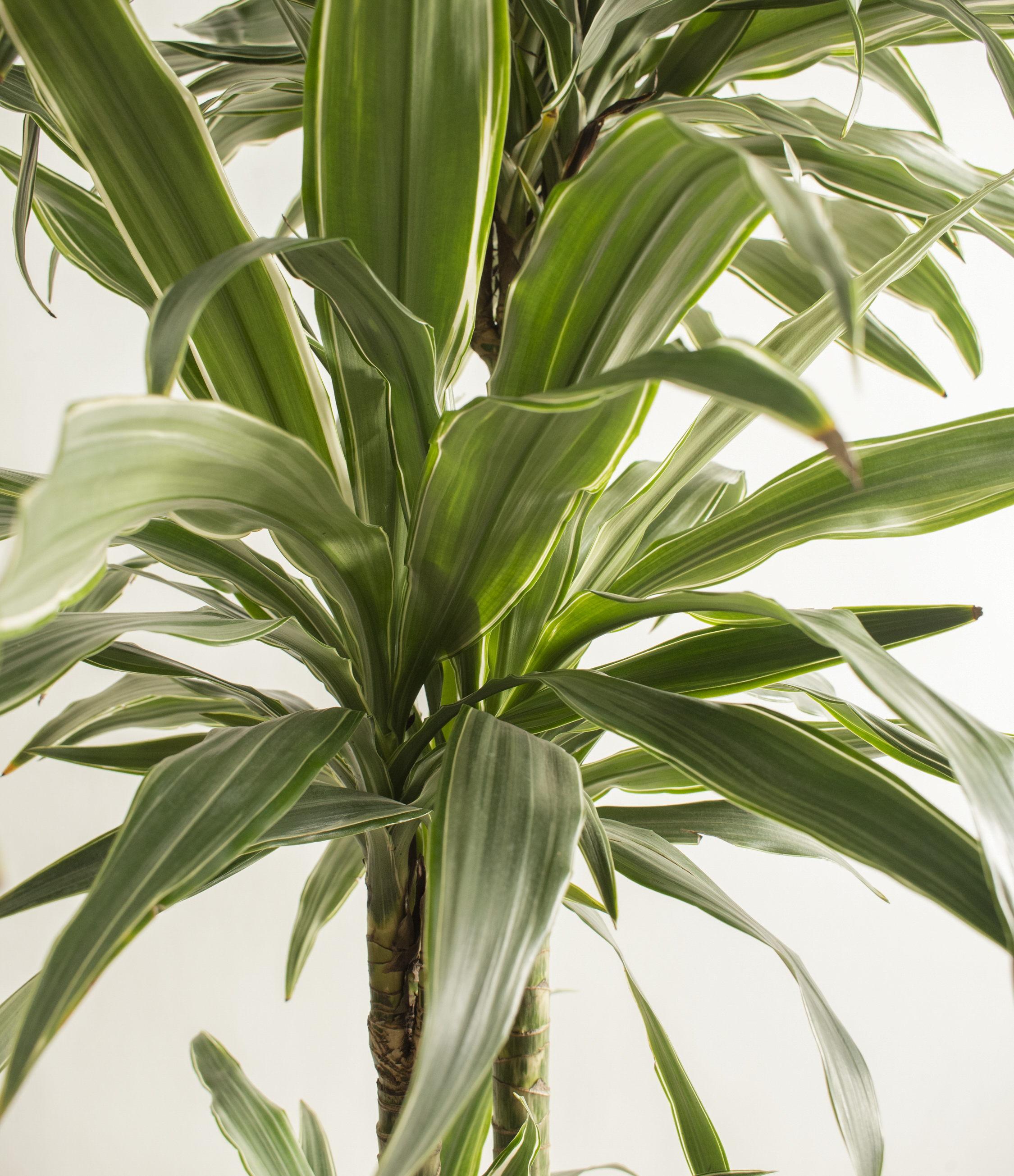How to care for Dracaena Warneckii
Shop this plantAbout Dracaena Warneckii
Other common names
- Dracaena Deremensis 'Warneckii'
- Dragon Tree 'Warneckii'
- Striped Dracaena
- White Striped Dracaena
How Often Should I Water My Dracaena Warneckii?
Self-watering is great for this plant as they provide the consistent and even moisture levels that it needs. With easyplant, watering your Dracaena Warneckii is simple. Make sure to check the easyplant reservoir once a month and fill it when empty, and you're all set!
Dracaena Warneckii Light Needs
Dracaena Warneckii grows best in a space with bright indirect light, where the sun rays are diffused, and can also adapt to spaces with bright direct light, where the sunlight streams inside directly. Avoid placing it in spaces with low light or spaces without natural sunlight.
Like many houseplants, the Dracaena Warneckii prefers bright but indirect sunlight (with no direct sun exposure). If you choose to place your plant in a room that receives direct sun, it's best to use a sheer curtain or move the plant away from direct rays. At least four hours of bright, indirect sunlight is recommended for these plants, though they are shade and low-light tolerant. In the shade or low light, however, Dracaena Warneckii will grow at a much slower rate, and its foliage pattern may fade slightly. Ultimately, choosing an east or west-facing window will provide the best light for a Dracaena Warneckii. Curious about optimal lighting for plants? Our guide sheds light on the topic.
Dracaena Warneckii Plant Care
How Big Do Dracaena Warneckii Plants Grow?
Temperature & Humidity
Are Dracaena Warneckii Toxic for Pets & Kids?
Troubleshooting Common Problems with Dracaena Warneckii
Frequently Asked Questions about Dracaena Warneckii Plant
- Are Warneckii good indoor plants?Warneckii Dracaena is a great choice for an indoor plant. They are easy to care for and provide a beautiful accent to your home or office. Warneckii Dracaena plants require low maintenance and are also kid-friendly, making them a great choice for households with children. However, if you have pets in the home, make sure to keep an eye out, as the Warneckii Dracaena is mildly toxic to both cats and dogs.
- How much light does a dracaena Warneckii need?Dracaena Warneckii plants prefer bright but indirect sunlight with no direct sun exposure. At least four hours of bright, indirect sunlight is recommended for these plants, though they are shade and low-light tolerant. An east or west-facing window will typically provide the best light for a Dracaena Warneckii.
- How do you care for a Warneckii Dracaena?Warneckii Dracaena plants require bright but indirect sunlight, temperatures between 65 and 80 degrees Fahrenheit, and a monthly watering schedule with regular waterings when the top inch of soil is dry or with a self-watering easy plant system. Caring for these plants is generally easy as they are low-maintenance, adaptable plants that can tolerate a range of soils, light, and temperatures.

